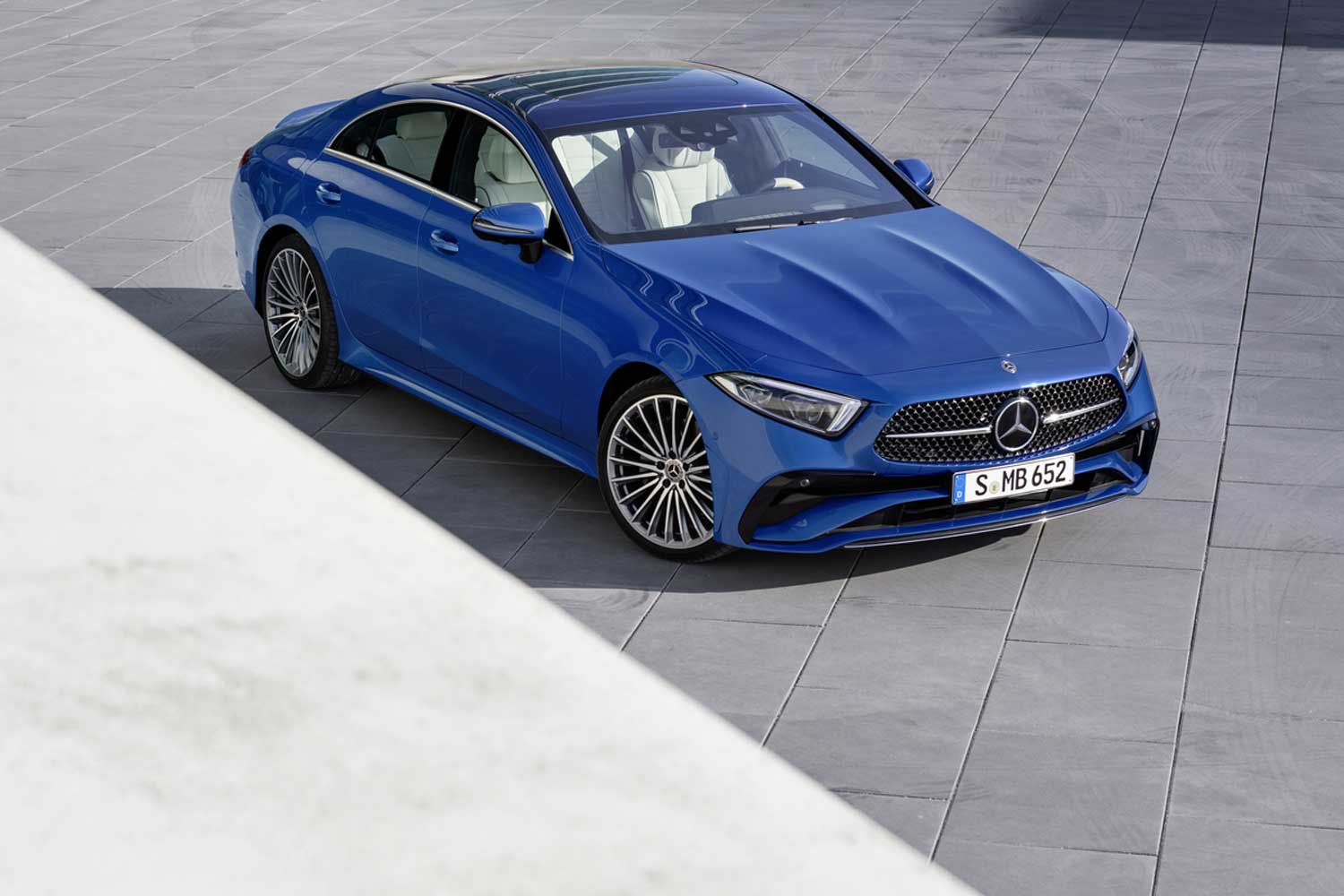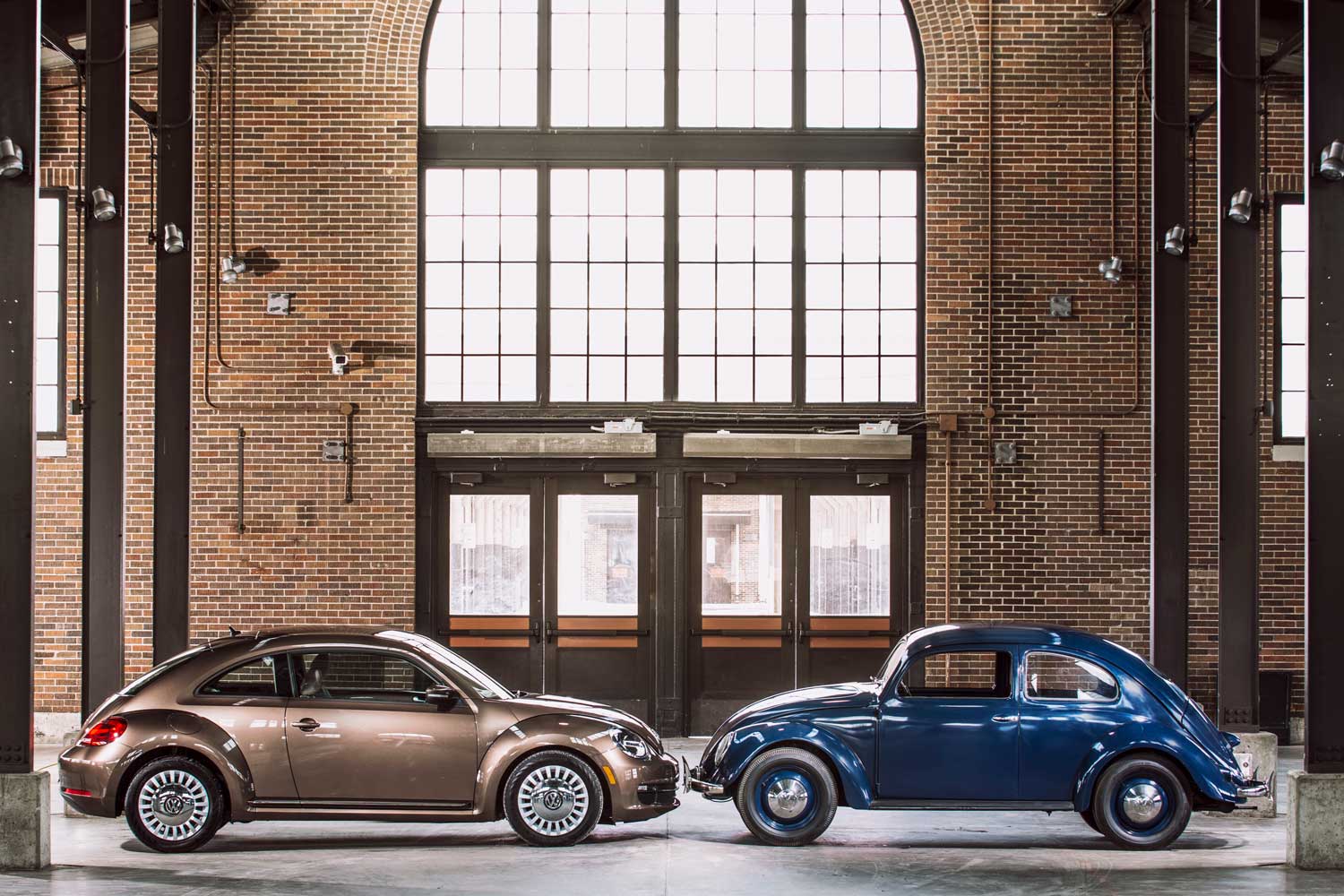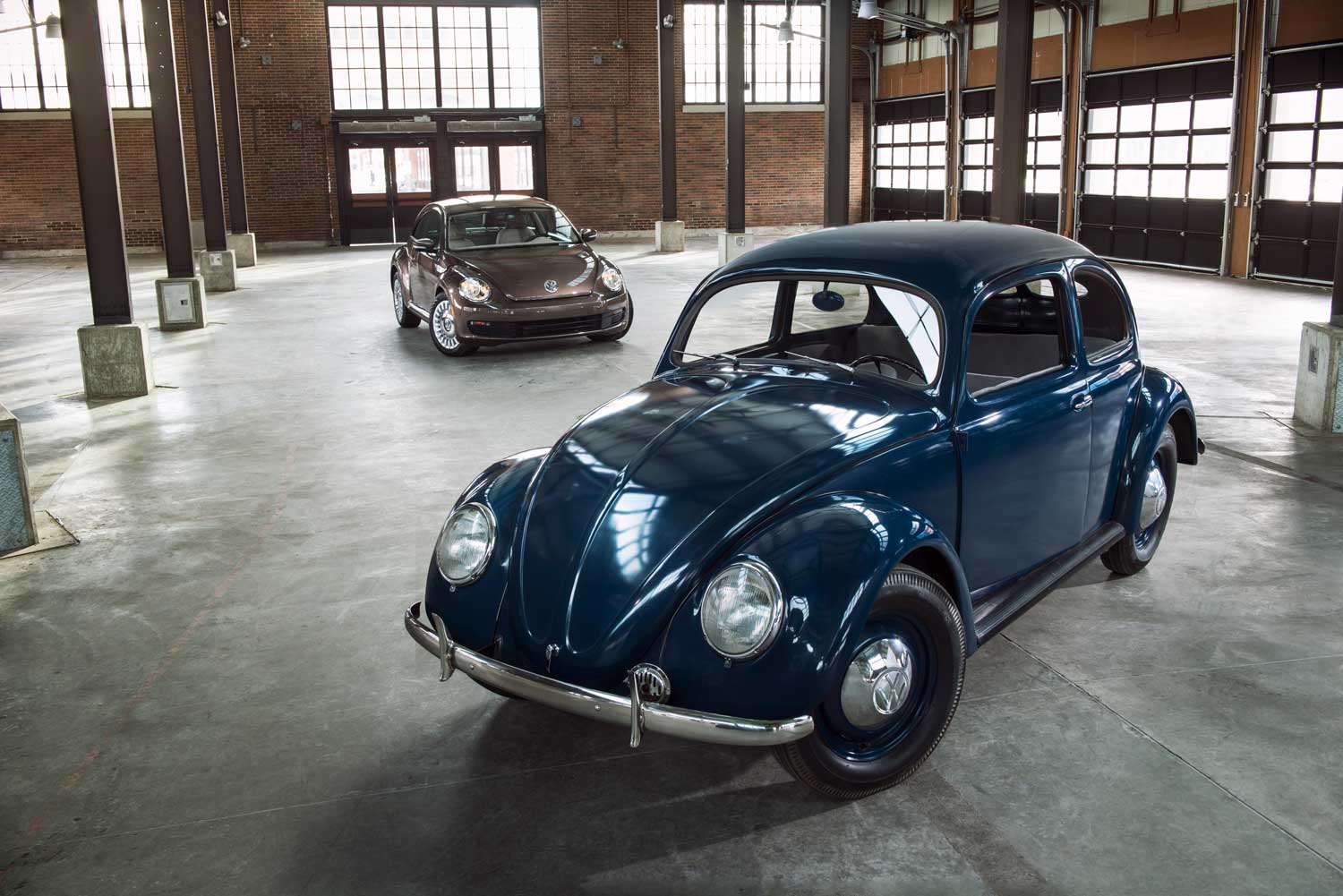What Is a Coupe and Why Do Some Have More Than Two Doors?
Not all two-door cars are coupes, and not all coupes have two doors.
 Mercedes-Benz
Mercedes-Benz
Language tends to evolve. Different words mean different things to different generations, and automotive jargon is no exception. While the term "coupe" has historically described a vehicle with two doors, there are two-door models that aren't coupes and four-door cars that are.
 Volkswagen
Volkswagen
What is a Coupe?
Generally speaking, a coupe is a two-door car.
Except when it's not.
The etymology of the word coupe is fairly easy to trace. In French, the verb couper means to cut. In the automotive industry, for over a century the term has denoted a two-door model with a relatively short (or cut) wheelbase. Still, even in the 1920s, the definition wasn't always clear. Rolls-Royce was already putting the coupe label on four-door models, though the front compartment (where the chauffeur usually sat) was open, and the rear compartment was closed, creating a "coupe chauffeur."
Mass production and the gradual decline of coachbuilding drastically reduced the number of body styles available to buyers. Car companies — especially the ones pegged toward the volume-oriented end of the business — streamlined their lineups. By the 1950s, most models in the coupe segment had two doors.
 Volkswagen
Volkswagen
The Two-Door Sedan
Historically, not every two-door car was classified as a coupe. As the definition of the term evolved, buyers increasingly expected a coupe to offer a certain level of performance that only some models could deliver.
One example is the original post-World War II Volkswagen Beetle: It has two doors, but it's not considered a coupe. VW even marketed it as a sedan in some global markets. Instead, the automaker directed buyers who wanted a coupe to the VW Karmann Ghia, based on the Beetle, but featuring a sportier-looking exterior design. The original 1959 Mini lived under the two-door sedan umbrella as well.
Slow sales pushed the two-door sedan segment into near-extinction in the 1990s. Many buyers who wanted a sedan preferred four doors, and those willing to live with a two-door car appreciated the sportiness of a coupe.
 BMW
BMW
The Four-Door Coupe
Mercedes-Benz arguably created the contentious "four-door coupe" label when it released the original CLS in 2004. Based on the E-Class midsize four-door luxury sedan, the CLS was designed as a style icon with a fastback-like roofline reminiscent of a coupe, but with a more spacious interior and a quartet of doors. Its rivals quickly fired back: Audi released the first-generation A7 globally in 2010, and BMW's 6 Series Gran Coupe landed in the United States for the 2013 model year.
The CLS influenced and evolved the commonly-accepted definition of the term coupe. While the word continues to denote a car with two doors, it can also describe a four-door model with a sleeker-looking design than a standard sedan or SUV. This evolution had far-reaching consequences and played a big role in expanding the coupe segment. Many new entrants weren't coupes in the traditional sense of the word. Some followed the BMW X6's lead and landed in the SUV segment, like Mercedes-Benz's GLC Coupe, GLE Coupe, and the Porsche Cayenne Coupe.
While purists might disagree, stretching the definition of a coupe reintroduced a segment in which some carmakers have an increasingly difficult time justifying presence. Infiniti no longer builds the two-door, Q50 sedan-based Q60 sports coupe, but the luxury carmaker caters to buyers who want a coupe with the four-door QX55compact SUV.
Written by humans.
Edited by humans.
 Ronan Glon
Ronan GlonRonan Glon is an American journalist and automotive historian based in France. He enjoys working on old cars and spending time outdoors seeking out his next project car.
Related articles
View more related articles